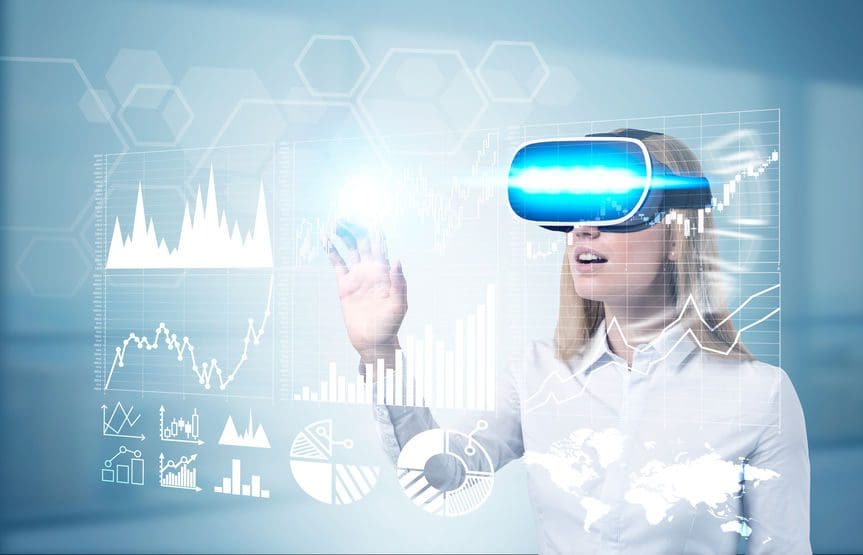The oil and gas industry is well known for having pronounced boom and bust cycles, with the current trend being downward due to the reduced demand for fuel. As a result, it’s vital to achieve cost efficiencies as far as possible. Virtual reality and augmented reality provide options for those looking to save money on training and increase the safety of their employees.
Virtual Reality: More Than Gaming
The aerospace and defense industry was perhaps the first to embrace virtual reality as a training tool, using it to train pilots without risking millions of dollars of material. Given the remote nature of many oil and gas operations, it’s inevitable that virtual reality would start to be used to train people before they even touch a deep-sea rig or a remote pipeline in a desert.
From a practical point of view, this has two advantages: often-scarce accommodation at the site is not taken up with people who are still learning on the job, and it weeds out those who cannot learn the skills before they even reach the job site. This results in significant cost savings overall.
Operator Safety Training and Repair
Virtual reality can be heavily customized, as well, unlike a dummy console. In addition, it can be carried out almost anywhere without the need for clunky logistics. Training on LOTO procedures can easily be done in a safe environment with virtual consequences (but not real, expensive or lethal ones) should something go wrong. Again, this results in significant cost savings also helps ensure that operators are safely trained on procedures specific to your area.
Safety is also critical across the oil and gas industry. When something goes wrong with combustible substances, it can go spectacularly wrong and risk lives. Personnel across the chain may not always have the technical skills to fix an issue, and that can mean an expensive call out. With augmented reality, an expert can easily guide a suitable operator through the process of repairing via an overlay. The operator can hear the expert and also be guided through the use of visual clues such as lines, dots and circles. The expert is augmenting reality to help guide the operator through the process.
Material Flow Training
A more complicated part of virtual reality is simulating material flow across refineries. Virtual reality can allow operators to make adjustments in a more realistic way to see how output changes in response to different inputs. While rows of numbers could demonstrate the same differences, it’s not as intuitive a way of presenting information as virtual reality. Virtual reality also allows operators to train on equipment as they are making those changes.
Logistics Design
Even designing a logistical support system for the distribution of oil and gas from extraction to end user can use virtual reality. From a practical point of view, it allows local planners to see the impact of pipelines and buildings associated with the oil and gas industry on the local landscape, making it easier for them to make a decision. Designers can ensure that visual impact mitigation techniques are given maximum consideration, and it also allows them to propose different methods of mitigation.
On a similar level, virtual reality allows decision-makers within the company to review a project before it even starts and ensure that key criteria are met. Depending on the system being designed, decision-makers can tweak points and explore different scenarios without a brick being laid.
Overall, there are a huge number of possibilities for virtual reality, and it can reduce costs and increase safety. By eliminating a substantial amount of travel and increasing efficiencies in training and in approval processes, virtual reality can end up saving huge amounts of money.






